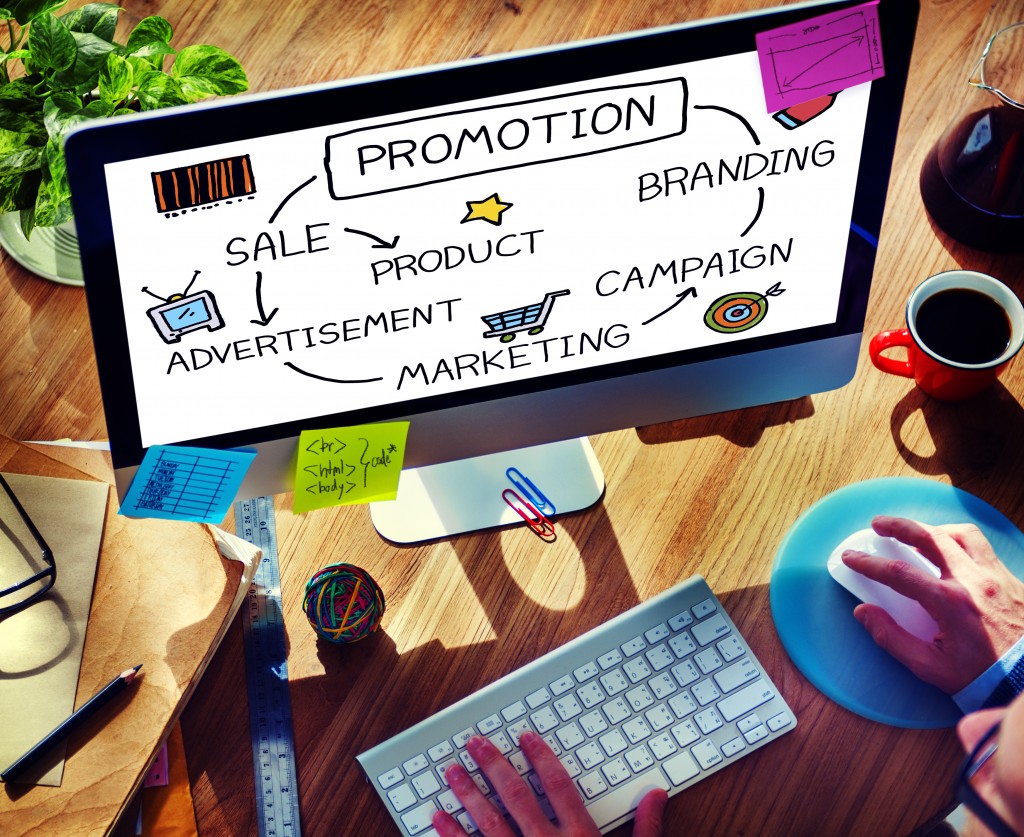The pandemic has upended life. People lost their habits and routines which meant that their behaviors were altered, too. You can see it in how they spend their time in the past year. They started cooking and baking in their own kitchens instead of ordering food from fastfood chains and local restaurants. They also pretty much stopped buying clothes that are meant to be worn outdoors and rebuilt an entire wardrobe of loungewear.
COVID-19 has definitely changed the world in ways that nobody expected. It is no surprise that, with the current public health and economic crisis, advertising has gone through transformations to better cater to the audience.
Moving Online
As governments impose lockdowns all over the world, the time that people spend online has significantly increased. Prior to the pandemic, internet usage was already on its way up but, as soon as it became clear that the virus, which started spreading in early 2020, things quickly accelerated. The public became more dependent on the internet for shopping, entertainment, work, school, and communication.
Naturally, companies had to adapt. They followed consumers online.
In-person transactions have pretty much gone extinct. To maintain distancing, consumers prefer to order online and either pick it up themselves at a set location or have their purchases delivered straight to their front doors. This means that all businesses have to enter the e-commerce landscape immediately if they want to continue operations.
So, while there is a demand for food services, for example, there has to be an option to purchase it online. It is not a bad time to jump into opportunities to open a smoothie franchise business, but entrepreneurs have to have a strategy to connect and sell to customers through the internet.
More Video Content

High-quality content has always been important to any marketing campaign. However, the preferred format has gradually shifted from text and images to video.
In 2020, video content was the king of marketing. Previous research has shown that consumers are more likely to finish watching a 30-minute video than to read a blog. The written word has lost its appeal and, now, consumers want media that is easier to consume.
People spend more time on YouTube and TikTok, but they are also watching videos on Facebook, Instagram, and Twitter. There is also demand for all types of videos, but people are most responsive to those that make them feel strong emotions.
At the beginning of the pandemic, when people were starting to hunker down in what they thought would be a few weeks of lockdown, successful ads were a little melancholic. Jack Daniel’s “With Love, Jack” featured footage of real people trying to maintain social connections despite the distance.
However, eventually, as people got bored, more humorous ads saw greater success. Consumers did not want to be reminded that things are awful. The news already does that every day. What they want is a light moment that allows them to laugh at the situation. Burger King did this by saluting the people who order fast food from their couches.
Transparency Becomes a Requirement
Consumers nowadays demand transparency in advertising. Gone are the days when companies can get away with making exaggerated, sometimes blatantly false, claims about their products and services. Because of social media, the truth can be exposed and spread like wildfire in an instant.
The past years have shown what misinformation can do. Facebook, YouTube, Twitter, and other social media platforms had to act in order to prevent conspiracy theories about COVID-19, Bill Gates, 5G, and vaccines from being shared and believed by the public.
So, now, people want the truth not just from the news they read on their social media feeds, but also on ads that follow them everywhere. Even if the company is not involved in pandemic-related operations, there is an expectation that they will be transparent to consumers or else they will be publicly called out.
What Worked and What Did Not
The changes that the world has undergone also led to a shift in attitudes. So, an ad campaign that would go viral in a pre-pandemic period became tone-deaf and distasteful during 2020-2021. That is why a lot of brands opted not to release an ad for the recent Super Bowl. Coca-Cola, Pepsi, Budweiser, Ford, Hyundai, Olay, and Little Caesar’s have all announced that they will sit out the event and instead use their funds somewhere else.
Advertising during the pandemic has been a challenge to many companies and marketers. The old ways became suddenly unusable because the preference of consumers also shifted with the global situation. For many, it has been a series of trial and error. However, like in a pre-pandemic market, brands only need to pay attention to see what works and what will not.

